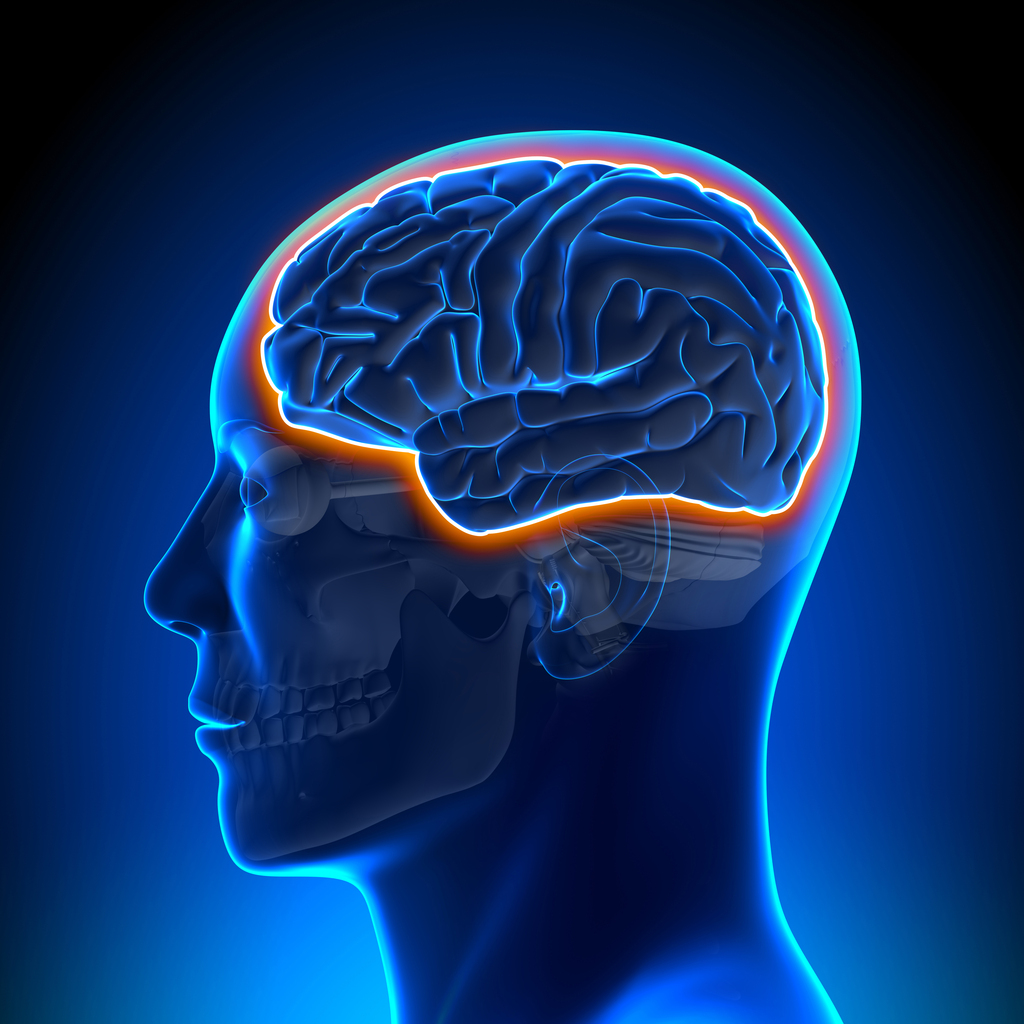Brain Signal Patterns Hold Potential Biomarkers for Angelman Clinical Trials, Study Reports

Three novel brain electrical signal patterns have been found in children with Angelman syndrome, which might serve as biomarkers in the assessment of future therapies, researchers report.
Electroencephalography (EEG) is a method used to detect electrical signals produced by the brain when brain cells communicate. The pattern of these signals can then be used to help diagnose and monitor conditions that affect the brain. EEG irregularities in Angelman patients are thought to overlap with those observed in autism. Angelman patients also have sleep abnormalities, some of which can also be detected by EEG.
The study “Abnormal coherence and sleep composition in children with Angelman syndrome: a retrospective EEG study,” which was published in the journal Molecular Autism, aimed to identify EEG characteristics observed in Angelman patients and any links that these might have with some observed characteristics of these patients.
Researchers analyzed EEG data from 28 Angelman children (ages 4-11) and 72 age-matched healthy controls. Patients’ data were obtained as part of the AS Natural History Study (NCT00296764), while control data were from children seen at Massachusetts General Hospital.
After analyzing the EEGs and comparing that of Angelman and non-Angelman children, they found there were “three phenotypes in children with AS that would otherwise be difficult to discern in a routine clinical or research setting.”
These included increases in measures of the way different parts of the brain communicate with each other, and which are abnormal in patients with autism.
The EEG phenotypes also included decreased sleep spindle number and duration. Sleep spindle activity — bursts of nerve cell activity thought to play an essential role in both sensory processing and long-term memory consolidation — is lower in some neurodevelopment and neurodegenerative disorders such as autism, epilepsy and Alzheimer’s disease.
“Overall, we identified three novel quantitative EEG phenotypes in an exploratory analysis of retrospective EEGs from children with AS,” the researchers wrote, adding that these findings can provide biomarkers to assess therapies under study in Angelman children.






